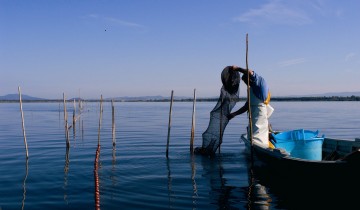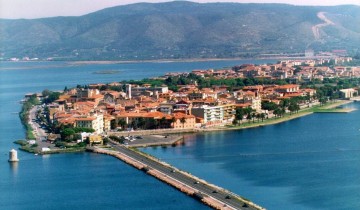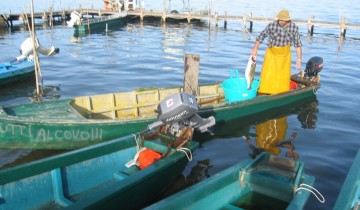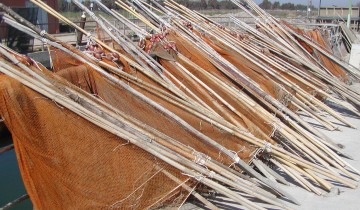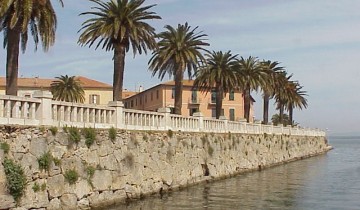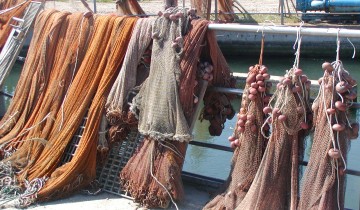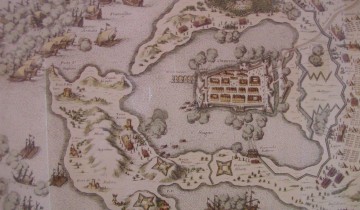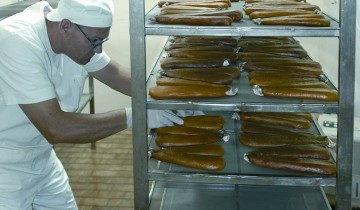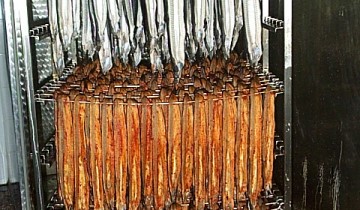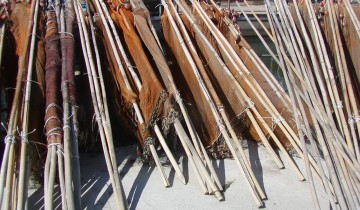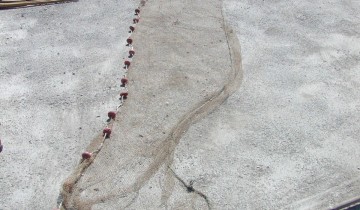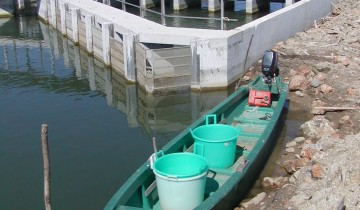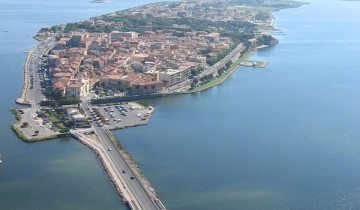- Home
- Wetland Site
- Orbetello Lagoon, Italy
Orbetello Lagoon, Italy
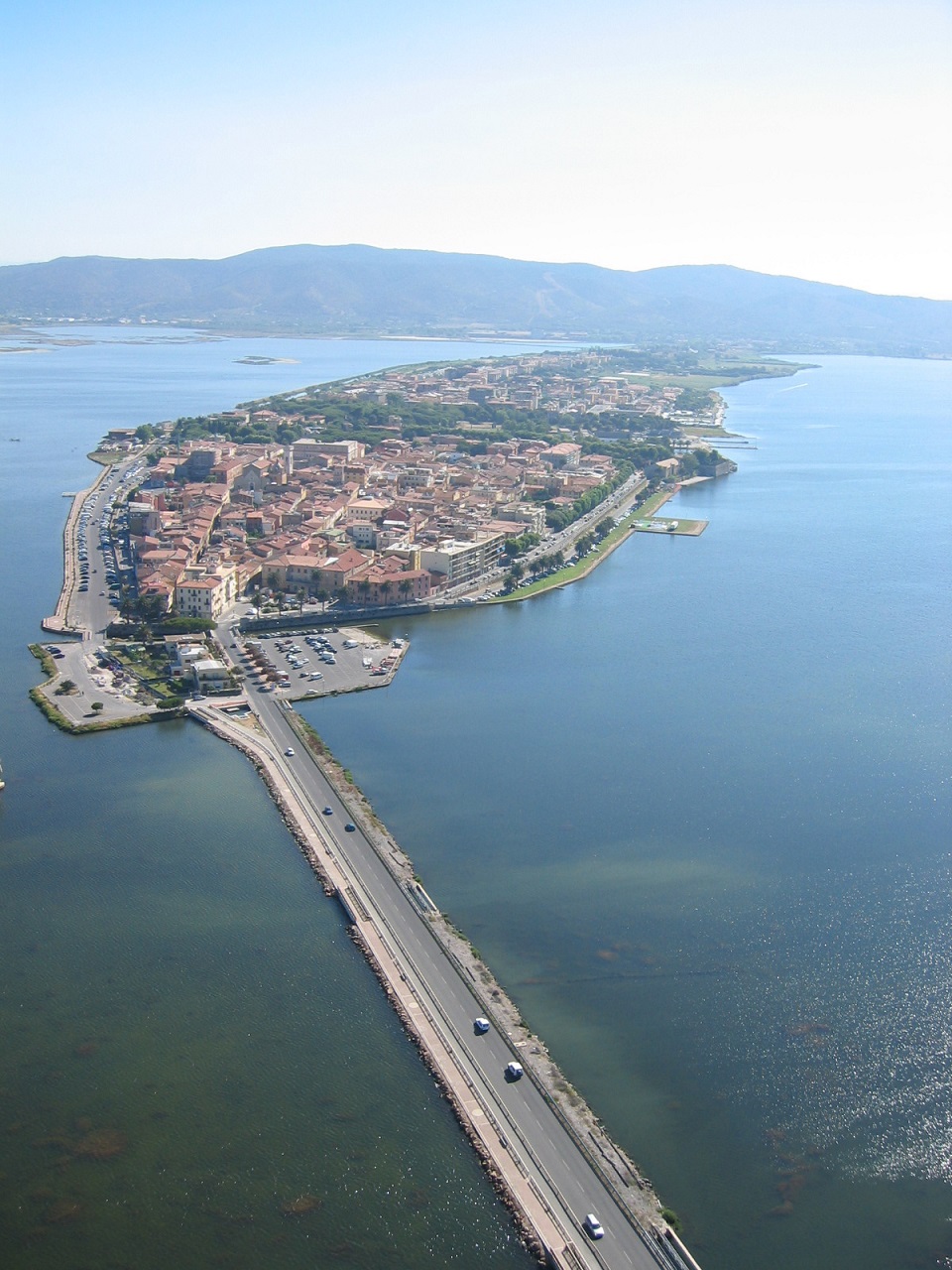
Orbetello Lagoon is situated on the Tyrrhenian coast, 20 km north of Lago di Burano. This site includes sandy beaches, a brackish lagoon, freshwater ponds, small areas of woodland, pine and cork woods and cultivated land. The lagoon supports more than 10,000 water birds (among them hundreds of flamingos) and is an important migration and wintering site. Orbetello is now separated from the sfisea by the Gionella and Feniglia sandbars. A third sandbar extends to the town of Orbetello, which is situated in the middle of the lagoon. A causeway built in 1842 between Orbetello and the Argentario headland divides the lagoon into two basins: the Ponente lagoon in the west and the Levante lagoon in the east.
Settlements/structures (ancient traditional/Modern)
Because of its uniqueness and desirability, Orbetello was occupied by the Aldobrandeschi, the Spaniards, Austrians, French and lastly by the Three Fountains Abbey. It was a major commercial and trading centre on the Tyrrhenian and Mediterranean seas. The town of Orbetello is surrounded by an ancient polygonal terrace wall and tombs have been discovered both within the city and close by it. On the north side of the promontory, the remains of a Roman villa have been found partially below sea-level.
Although the old Etruscan walls are still visible, both the city walls and the prison were built by the Spaniards in the 16th -18th centuries. The prison is connecting to another prison at Porto Ercole on the east side of the peninsula. The heavily fortified home of the Passionist Order stands on Mt. Argentario. Orbetello cathedral, one of the city’s most eminent buildings, was built on the ruins of an Etruscan temple and restructured in 1375, while La Rocca was built in the 12th century by Pietro Farnese. The ancient Roman city of Cosa, founded in 273 BC, was built on the site of the Etruscan village of Vulci. Cosa is believed to be the earliest Roman harbour discovered to date.
Fishing and aquaculture
Approximately 200 of the town’s inhabitants work in areas related to fishing and extensive fishing, activities that have been passed down from generation to generation for centuries. Fishermen still use the traditional nets both in the lagoon itself and in the three areas connecting the lagoon to the sea.
Food processing-culinary heritage
Orbetello is one of the few places in Italy where bottarga (salted mullet roe) is still made. The process requires considerable skill and is one of the country’s best kept culinary secrets. Bottarga is used grated in pasta dishes and many other traditional recipes.

